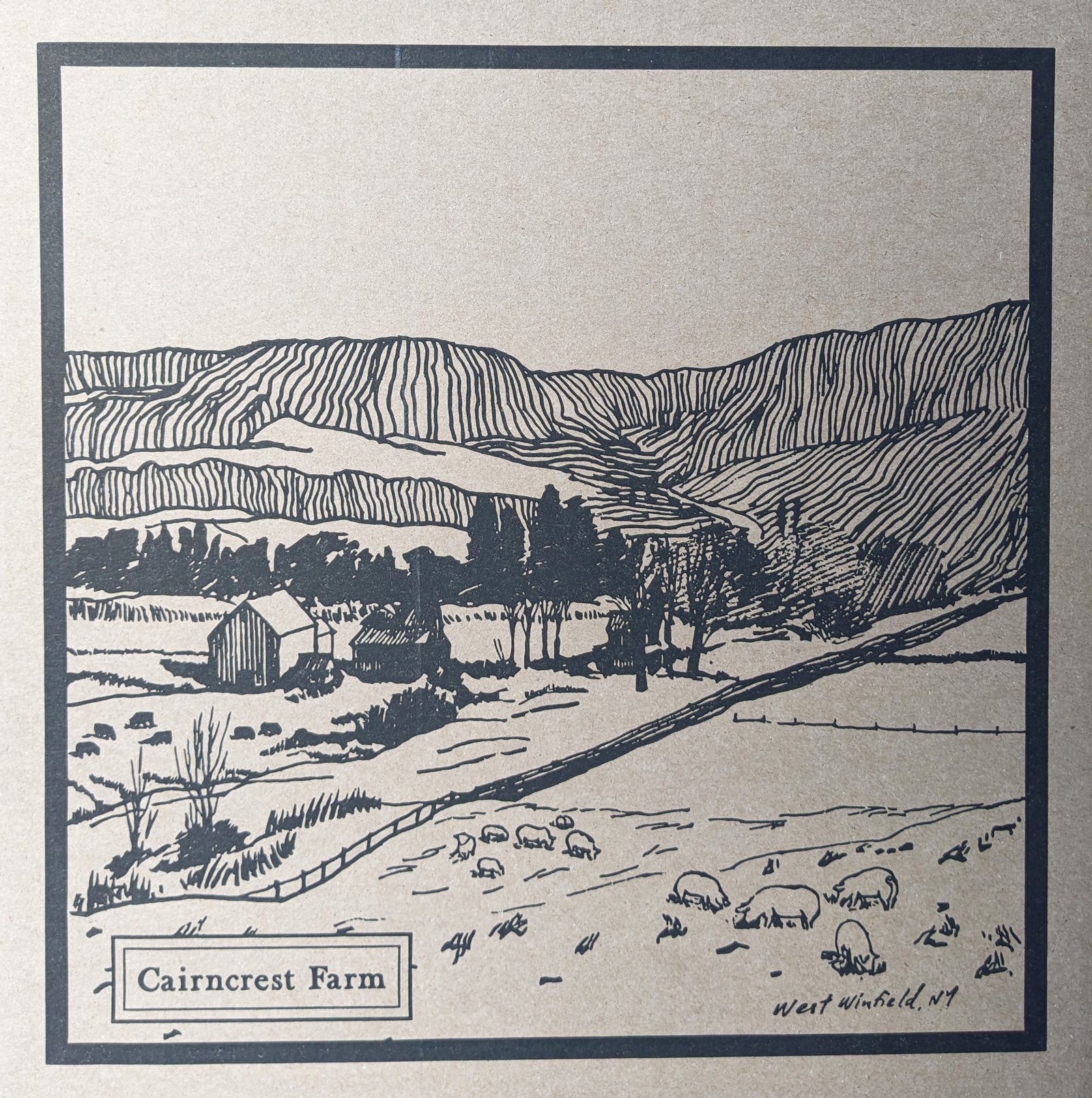The boxes I use come from a plant out to the west, somewhere near Buffalo. Ordering them is always a thrill. “Send me 1000 fourteen inch cube boxes at your earliest convenience,” I’ll write, feeling very much the titan of industry. I always follow up with an appeal to remind the trucking company to get in touch before showing up. A day or two later I’ll receive a reply from the sales rep confirming my order and earnestly assuring me that I can expect numerous emails, phone calls, text massages, notes delivered by carrier pigeon, emergency broadcast network announcements, and so on, all to let me know the moment my boxes have been prepared for delivery.
Then everything will go silent for about three weeks, at which point I’ll be making a cup of coffee or herding the kids out the door for school, only to look up and see a tractor trailer idling down at the end of the driveway, air brakes hissing as if the truck itself is exasperated that I don’t yet have it unloaded. Or maybe I won’t even be around. The last time it happened I was three hours away on the far side of the Catskills, and only Ed’s fortuitous presence got the job done.
Depending on where you look, you’ll find claims that the global cardboard market is valued anywhere from 134 to 387 billion dollars. I’m inclined to believe the higher estimate. There are a few things without which our modern world would immediately cease to function, and I’d put cardboard near the top. Electricity, gas, coffee and outrage might beat it, but not much else.
This time of year, when three or four separate delivery vehicles drive down our rural road each day, when porches are stacked with even more boxes than usual, cardboard is ubiquitous. But at least as much is used behind the scenes. Most items on the supermarket shelf arrived to the stores in larger boxes. These days the boxes I use arrive bundled and stacked on pallets, but back when I ordered smaller quantities they would turn up inside another box, a sort of packaging recursion.
While cardboard is recyclable, on the farm it gets put to a more immediate purpose. Some small amount is used as kindline, slightly more goes to make children’s forts, but the vast bulk of it, stacks and stacks of used boxes, goes back into the dirt. Cardboard, being basically pulverized wood, will biodegrade, but only slowly. This means that it can provide a full growing season of weed suppression. In the garden we put it down on paths and cover it with chips, and each of the hundreds of hazelnut trees Ed and Normandy have planted over the past couple years benefits from a skirt of cardboard to keep the grass at bay. I’ve often thought that an excellent use of cardboard would be to shred it for animal bedding, if only there was a faster way to remove the plastic tape.
No doubt if I looked I could find problems with the cardboard industry. No doubt it mismanages forests and pollutes. No doubt it has an underbelly as unappealing as a three day old pizza box. But in this case I’m happy in my ignorance. I like that something so basic as cardboard is the backbone of the global supply chain, and I like that, unlike basically every other waste byproduct, it can be put to immediate and salutary use.


2 comments
Shared admiration glee.
We use the cardboard and chip method to drive back the invasive plants in our woods